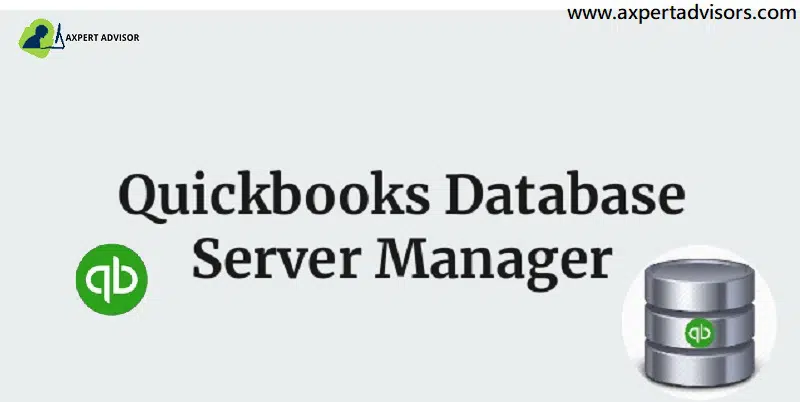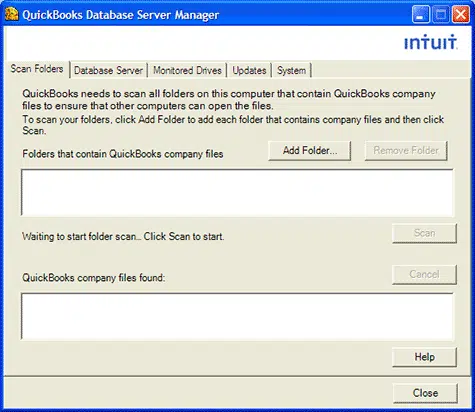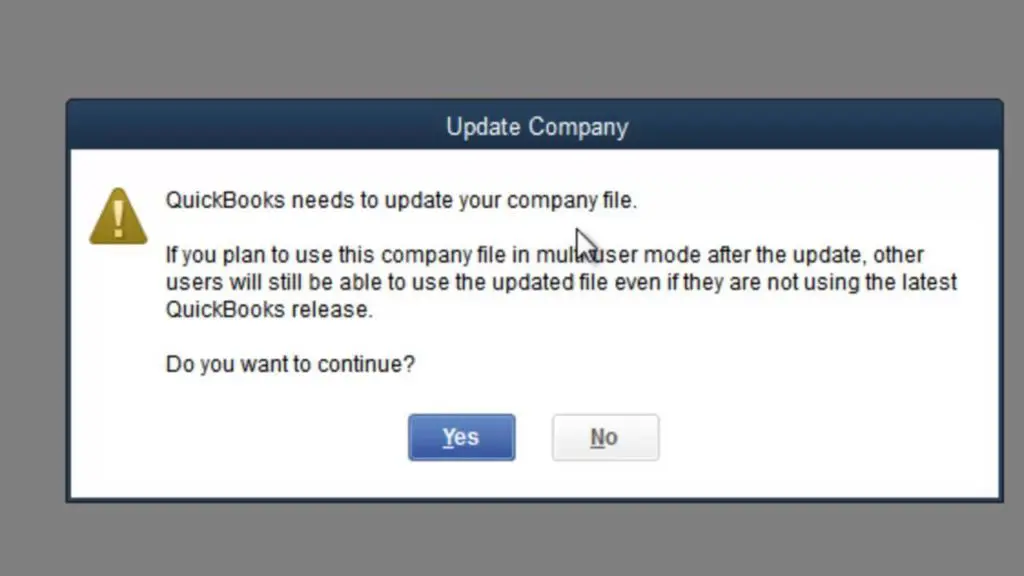QuickBooks Database Server Manager: Download, Install, and Update
QuickBooks is one of the most prevalent application packages for small and medium-sized businesses. Users can manage finances, track sales and expenses, generate invoices, and handle payroll, among other essential tasks. The crux of components that make QuickBooks work seamlessly in multi-user environments lies in the QuickBooks Database Server Manager, In this blog we will walk you through downloading, installing, and updating the QuickBooks Database Server Manager.
What is QuickBooks Database Server Manager?
The QuickBooks Database Server Manager is part of requirements for any
user who needs to use QuickBooks in a multi-user setup. The tool enables
several users working on other computers within an organization to access a
single company file, which is to be kept on the server or host computer. It
fills the gap between the server and the QuickBooks desktop versions so that all computers
running the same can readily access the file without a hitch.
The Database Server Manager basically manages the database hosting environment and ensures that multiple users may work on the same QuickBooks file without conflicts.
Step 1: Download the QuickBooks
Database Server Manager
Make sure the system requirement is fulfilled
before the download of QuickBooks Database Server Manager. You can install the
QuickBooks Desktop on your server only if your server meets the system
requirements. Download using the following instructions below:
- QuickBooks Download Page: Navigate from QuickBooks's official site or from your Intuit account into the download section. Ensure you are downloading the right version for your QuickBooks Desktop version-the QuickBooks Pro, Premier, or Enterprise
- Go to the download page and find the "QuickBooks Database Server Manager" download version for your version of QuickBooks Desktop. The server manager tool should be the same version installed on the workstations in your company.
- Download the File Download Once: Click the link to download the file. The downloadable file should be in the .exe format in Windows-based systems.
Step 2: QuickBooks Database Server
Manager Installation
Next step; you are required to install the downloaded software on your server machine. Here is how to do it step by step;
- Run the Installer: Locate the downloaded .exe file and double click to initiate the installation process. You may be prompted by a security issue. Click "Yes" so that the application makes changes to your device.
- Agree to the License Terms: Accept the license agreement before you go any further. Read the terms of them, and if you're comfortable with them, click "I Accept" to continue.
- Choose installation type: When installing, you will be presented with a choice between a "Custom" installation and a "Typical" installation. For the most part, the "Typical" installation should be fine unless you want to alter some settings.
- Choose Installation Location: The installer will suggest a default installation location for the program. If you are fine with that, click it and continue, or choose an installation location if you want something different.
- Installation is Complete: When it completes its installation, click "Finish" for the installer. And you should now have the Database Server Manager installed to your server, so you should be ready to begin utilizing QuickBooks in multi-user mode.
Step 3: Configuration of the
Database Server Manager
Upon installing the Database Server Manager, you will need to configure it with multiplex connections to the company file. You do this as follows:
- Access QuickBooks Database Server Manager: Now navigate to the "Start" menu on your server and search for "QuickBooks Database Server Manager." Open the application.
- Scan for Company Files: Click the Select Folder button, click Browse to find where you keep your QuickBooks company files. The Database Server Manager will scan this folder and then share the company files with other users on the network.
- Set up File Permissions: Because every user who will access the company file needs to have the right user permissions set, this is a critical step. This includes setting network permissions and ensuring that the right version of QuickBooks is installed on each client machine.
- Test the Configuration: Try to access the company file from another workstation on the network. Everyone should now be able to open and edit the file if everything is configured properly.
Step 4: Reinstall QuickBooks
Database Server Manager
Similar to QuickBooks, Database Server Manager should be updated from time to time to be on the lookout for any newer version of the software, in addition to exploits of any bugs or new features introduced.
- Update QuickBooks: On the QuickBooks homepage, click on the "Help" menu and then tap "Update QuickBooks." The system will search for available updates, including Database Server Manager Updates.
Any business using QuickBooks in a multi-user environment needs to have
the QuickBooks Database Server Manager.
The steps of download, installation, configuration, and updates of the server
manager, as shown above, would thus ensure smooth access to the company file
for all users and, therefore, improve workflow and productivity. In general,
the software will also run optimally and securely with all updates. However, if
you don’t have much time to spend on performing these steps or you are facing
any difficulties, then you can simply get in touch with our QuickBooks desktop support team at 1-888-368-8874.



Comments
Post a Comment